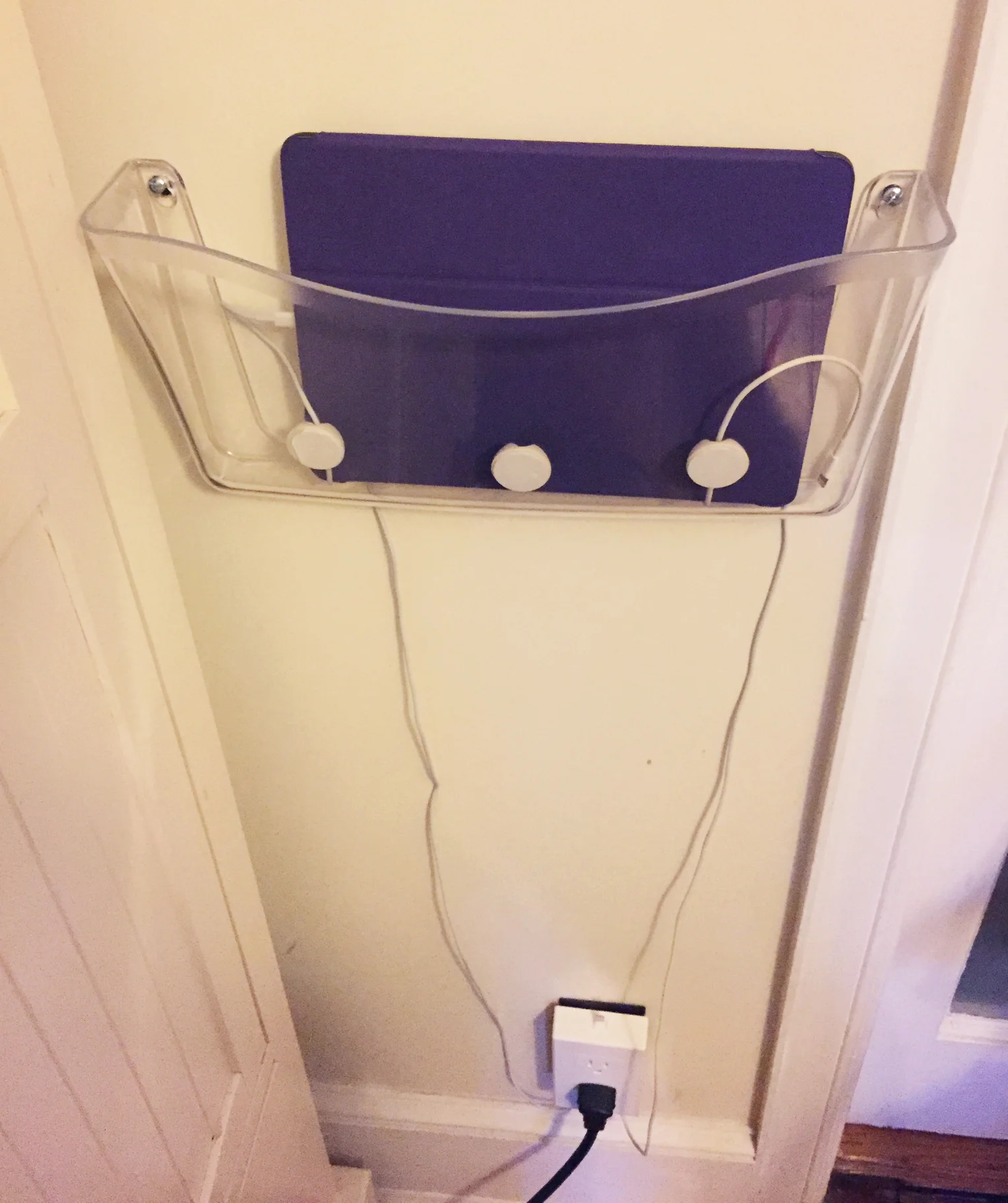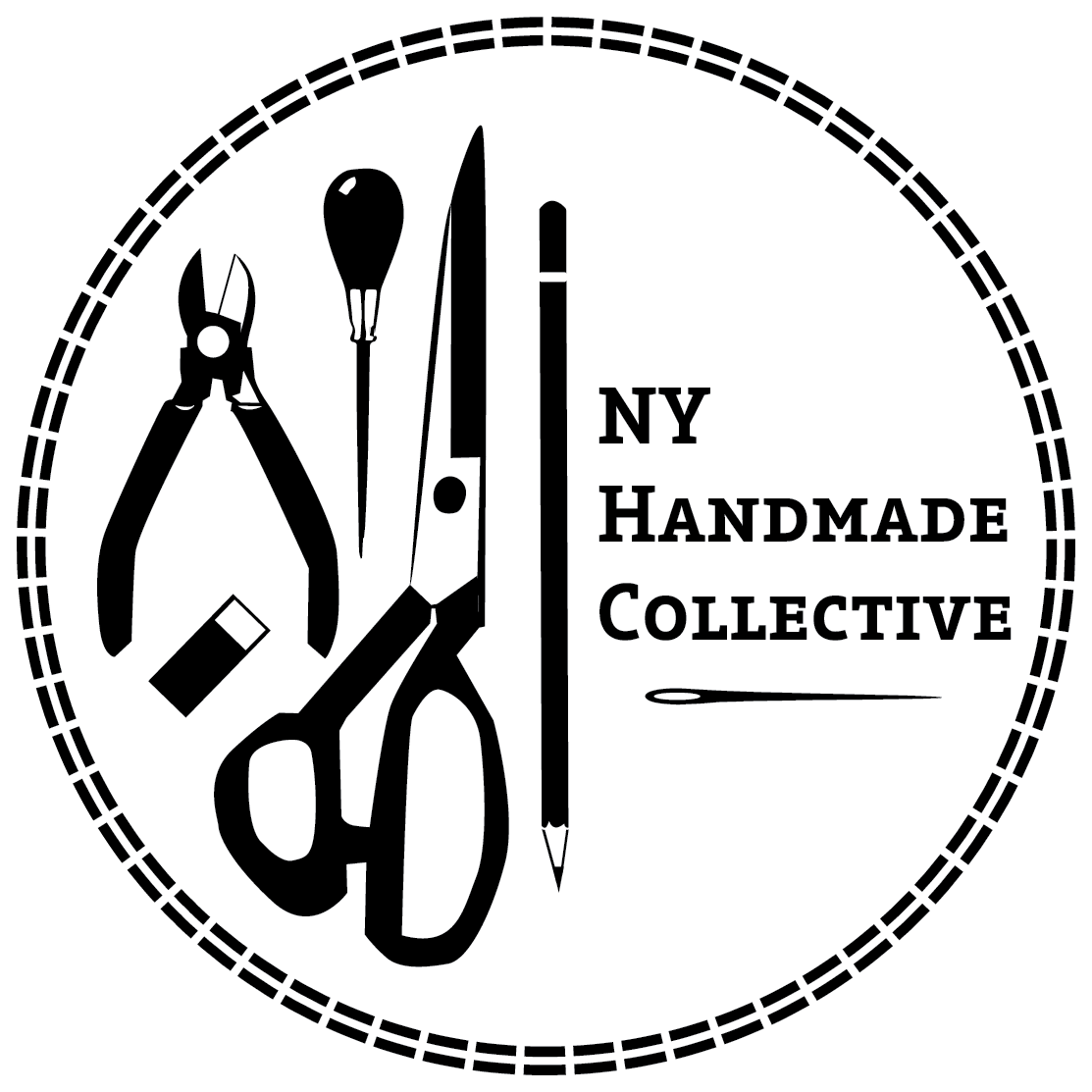
DIY: Charging Station
Would you like to create a central location to charge your devices instead of having to search around your home to find where you or your family members might have plugged in a phone, tablet, etc.? I created an easy DIY charging station that I’d like to share with you.
